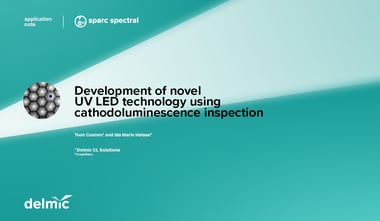
cathodoluminescence
Studying UV LED materials with cathodoluminescence imaging
Cathodoluminescence is commonly used to probe light emission characteristics in semiconductor LED materials.
All topics

Cathodoluminescence is commonly used to probe light emission characteristics in semiconductor LED materials.
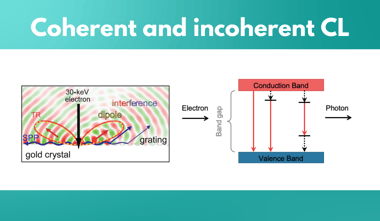
Cathodoluminescence processes can be divided into two categories: coherent and incoherent CL. But what is the difference between these? In this blog post we ...
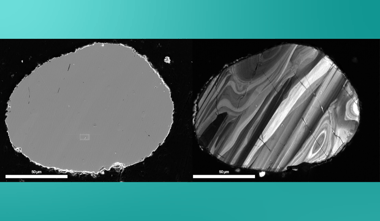
Cathodoluminescence is commonly used to pre-screen geological samples and combined with other SEM techniques for in-depth study. Various CL imaging modes can ...
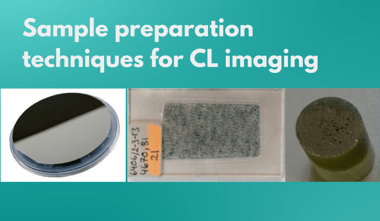
Cathodoluminescence is a specific form of luminescence caused by ‘free’ electrons (or simply electron propagating through space).
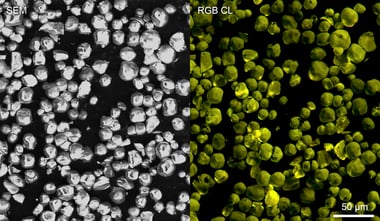
Rare-earth elements, also known as REE, are a group of elements, consisting of scandium, yttrium and 15 lanthanide elements.
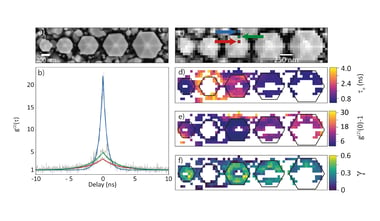
Semiconductors, as a crucial part of electronic devices, have been in focus in materials research in the last few decades.
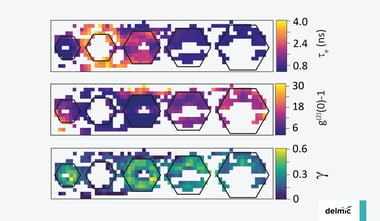
What is time-resolved cathodoluminescence? How can performing lifetime mapping or a g(2) mapping add value to your research? In the video below Toon Coenen, ...

Understanding the effects of the SEM parameters on generating (incoherent) cathodoluminescence (CL) is essential for obtaining high-quality CL intensity maps ...
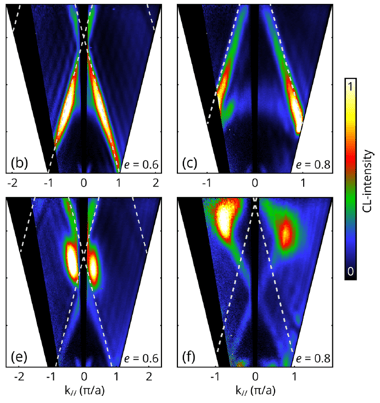
Cathodoluminescence is a great tool for obtaining valuable information about the properties of a sample, which can empower researchers and developers with a ...

Are you interested in the possibilities of cathodoluminescence (CL) for photovoltaics (PV)?
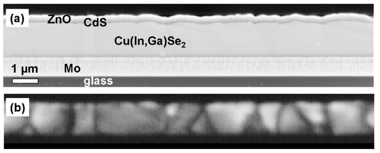
A copper indium gallium selenide (or CIGS), a direct bandgap semiconductor is being commonly used for solar cell production.